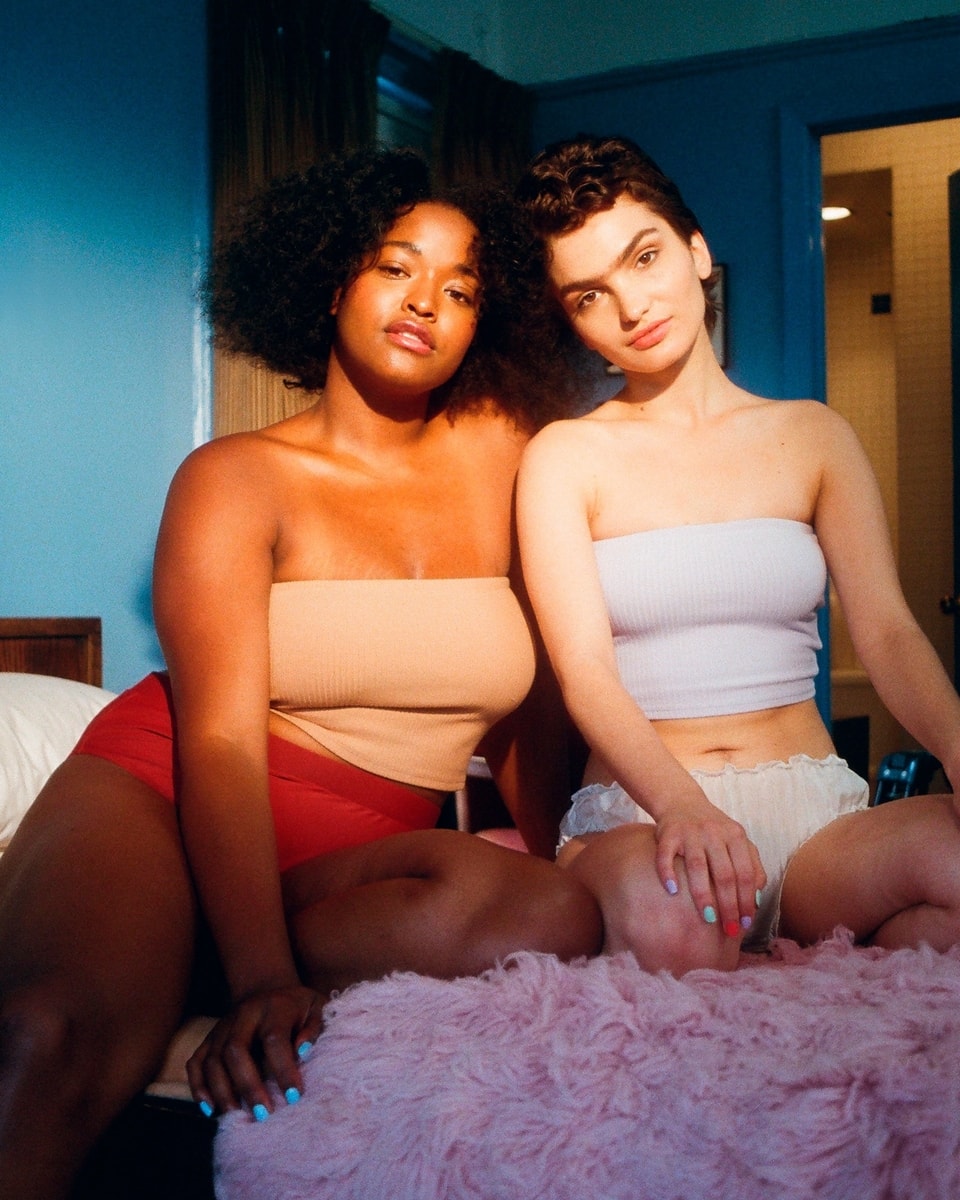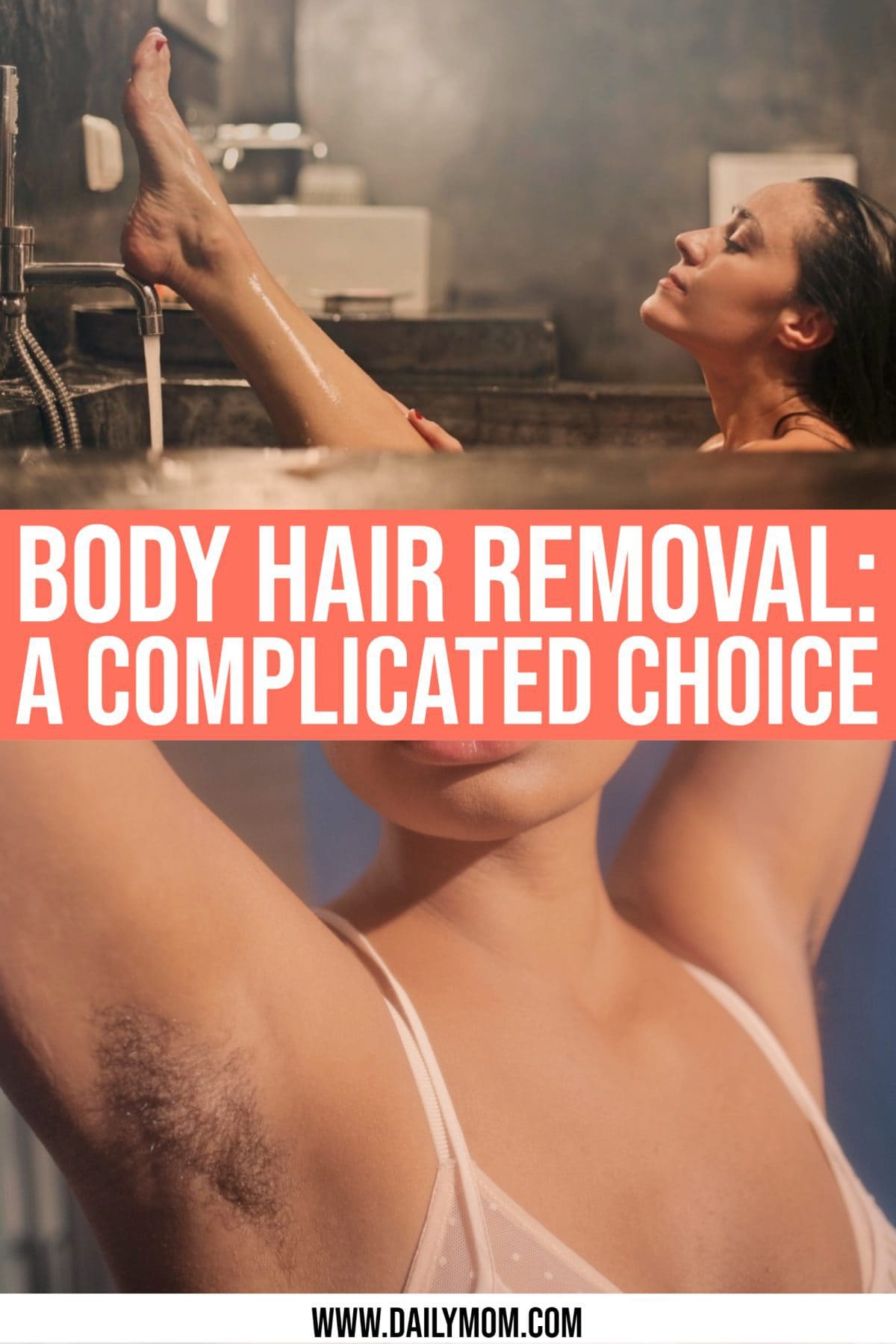Women deciding whether or not to grow their body hair is far from a new phenomenon, but recently body hair positivity has been at an all-time high. With ad campaigns from companies like Billie that feature women proudly displaying their body hair and more female celebrities like the singer Halsey and model and actress Emily Ratajkowski posing for magazines while prominently displaying armpit hair, the choice of body hair removal is in the spotlight. With more mainstream outlets showing women who are not choosing body hair removal, maybe we can lose the stigma that is so often associated with it.
It is a Complicated Choice
From an early age, girls are inundated with the idea that they need to shave, tweeze, and wax their bodies to be beautiful. Having body hair as a woman is generally portrayed as unattractive and unacceptable, so the women who do not choose to shave their armpits or tweeze their eyebrows into “perfection” are often looked at as ugly. Women who do not choose hair removal are labeled as hippies or some sort of radical feminists.

Body hair removal is a personal choice but can be a complicated one. For many women, hair removal is more than a choice to shave or not. It is also wrapped up in identity, culture, sexuality, politics, and feminism, and some women feel deeply conflicted about the choice. While some women embrace the idea that body hair removal should be a personal choice, many women have mixed feelings about letting their body hair grow out because of the stigma associated with women having body hair.
Everything women seem to choose in regards to their bodies seems to constantly be politicized and often regulated. Today, the choice to grow body hair or remove it is not as political as it has been in the past. But – surprise! – not everything women do in regards to their bodies has to have some deep, political meaning.
Deciding to shave or not is not the keystone to being feminist. Sometimes women prefer not to shave because it is aggravating or because they just do not feel like it that day (or week, or month). Some women simply do not prefer hair removal in their normal routine. Hair removal is time-consuming and becomes expensive. Oftentimes, women stop body hair removal because it is such a hassle.
A Quick History of Hair Removal
Body hair removal is nothing new. It dates all the way back to Ancient Rome when body hair removal was seen as a status symbol. Wealthy women would find different ways to remove their body hair, including using tweezers and pumice stones. Some of the first razors were used in Egypt and India. Early Egyptian women thought that pubic hair was uncivilized. Egyptians in Cleopatra’s time used a sugar mixture that was similar to waxing today.

Razors were refined over the years and the first disposable razor blade was invented in 1901, which eliminated the need to sharpen blades after each shave. Harper’s Bazaar was the first women’s magazine to run hair removal advertisements in 1914. The following year Gillette created the Milady Décolleté and ran an anti-underarm hair campaign. The Gillette ads urged women to remove “unsightly” and “objectionable hair.” Hairless armpits became a necessity to wear fashions that showed your bare arms.
In the 1940s, American women were more and more likely to shave their legs due to both the fashion of the time and because of the shortage of nylon brought on by World War II. Without nylon, women could no longer wear stockings every day and had to go bare-legged most of the time. By 1964, 98% of American women regularly shaved their legs. Then, with the introduction of the bikini in 1946, women started to trim their pubic hair as well. This idea of clean-shaven women being sexy became the norm in the 1950s when Playboy magazine featured clean-shaven women in sexy lingerie. This look became the ideal.
Women Have Body Hair (Seriously)
Women get judged for not following this social norm of being hairless when it is a norm that has been thrust upon them. When you grow up never seeing women with body hair on television or in magazines, you start to think that is normal. The fact of the matter is women have body hair. Gasp!

It is ridiculous to expect all women to have prepubescent-like bodies without any body hair. Women have leg hair, arm hair, and armpit hair. Women can have facial hair and unibrows. Some women even have chest hair. Women with conditions that carry hormonal effects can often have to deal with extreme hair growth as a side effect – polycystic ovary syndrome, hirsutism, Cushing syndrome, and hyperthecosis are just a few. Depending on ethnic background, some women are just naturally hairier than others. Middle Eastern and Latino women, for instance, frequently have more body hair than women from many Anglo cultures.
However, even though all women have some amount of body hair, the idea of letting leg hair, facial hair, or chest hair grow is horrifying for many women. It is historically seen as unsexy and unfeminine. Ad campaigns that feature women with body hair are often received with harsh criticism. Women who go out in public with body hair receive stares and taunts and girls growing up with excessive body hair are often bullied. That is because we have all been conditioned – thanks to Gillette and Playboy – to expect women to remove “unwanted” hair.
Little by little it is becoming more acceptable for women not to pursue hair removal. Normalizing body hair on women can continue in the right direction with more representation of women with all kinds of body hair. Brands, celebrities, and social media influencers embracing body hair teaches women (and men!) that women with body hair are not unnatural or disgusting.

The razor company Billie launched #projectbodyhair in response to the lack of female body hair on the internet. They ask women to post pictures flaunting their hair to “make the internet a little fuzzier.” Similarly, Januhairy is a social media campaign that challenges women to grow out their body hair during the month of January in an effort to raise money for charity. Human beings are born with hair. Being a woman does not change that fact.
The idea that women’s bodies are smooth and hairless and always perfectly groomed is false. Body hair removal is another opportunity for women to exercise their right to make choices about their bodies. Ultimately, the choice should be about loving your body – body hair and all. Whatever choice you make is yours. As long as you are happy with it, it is the right choice.
WANT TO READ MORE?
Check out this article on How To Use Your Own Skin Care Routine To Teach Your Daughter About Healthy Beauty Regimens.

Photo Credits: The History of Female Hair Removal, Billie








































